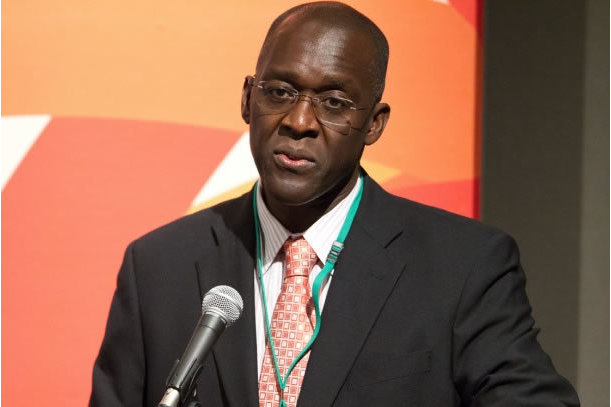Latest News
World Bank slashes 2017 growth outlook for Sub-Saharan Africa

News Highlight
The World Bank cut Sub-Saharan Africa’s GDP growth forecast for 2017 from 2.9 per cent to 2.6 per cent.
The World Bank has revised its growth forecast for Sub-Saharan Africa (SSA) as the continent’s major economies continue to grapple with the effects of the crash in commodity prices.
According to a statement released on Wednesday, the World Bank said SSA’s GDP will grow by 2.6 per cent in 2017 compared with a 2.9 per cent projection announced in January this year. The Washington D.C.-based multilateral lender also said SSA will grow by 3.2 per cent in 2018 and 3.5 per cent in 2019.
“The region’s three largest economies – Angola, Nigeria, and South Africa – are projected to post only a modest rebound in growth following a sharp slowdown in 2016,” the World Bank said in its latest Africa’s Pulse report. “Investment growth will recover only gradually amid tight foreign-exchange liquidity conditions in major oil exporters and low investor confidence in South Africa.”
Sub-Saharan Africa’s three largest economies – which constitute 60 per cent of the sub continent’s GDP – have been severely impacted by the slump in commodity prices since 2014. For the first time in 25 years, Nigeria’s economy slipped into a recession last year, while South Africa’s economy grew by only 0.3 per cent in 2016 – the slowest pace of growth since a 2009 recession. The Angolan economy grew by just 0.1 per cent after the government cut spending to cope with a sharp drop in oil revenue.
Albert Zeufack, World Bank’s Chief Economist for Africa, said the economies of Nigeria, South Africa, and Angola are recovering from the crisis, but at a weak pace owing to insufficient policy responses.
“As countries move towards fiscal adjustment, we need to protect the right conditions for investment so that Sub-Saharan African countries achieve a more robust recovery,” Zeufack told reporters in a video conference from Washington on Wednesday. “We are pleased that Africa is back to growth but we are not out of the woods yet. That's why we need to strengthen reforms to make sure stability is maintained. Africa is still growing at negative per-capita rates.”
The World Bank noted that Ivory Coast, Ethiopia, Kenya, Mali, Rwanda, Senegal, and Tanzania have continued to show economic resilience amidst the commodity price crash.
“GDP growth in countries whose economies depend less on extractive commodities should remain robust, underpinned by infrastructure investments, resilient services sectors, and the recovery of agricultural production,” the lender said.
Related News
Latest Blogs
- Tinubu’s promising revolution in infrastructure development
- Has Tinubu’s economic reform started working?
- Implications of relaxed FCPA enforcement in Nigeria
- Between legality and legitimacy of Egbetokun’s tenure extension
- Of American aid and imperial destabilisation of Nigeria
Most Popular News
- Artificial intelligence can help to reduce youth unemployment in Africa – ...
- TCN assures fully functional SCADA system in six months’ time
- MTN Nigeria records N400 billion net loss in full year 2024 results
- Analyst provides mixed reaction to Nigerian equity market performance
- Stakeholders agree to improve resilience of submarine telecoms cables
- AI Startups account for 43 percent of new unicorns





_Charging__Power_Grid_-_300x350-202501141447571577.jpg)



